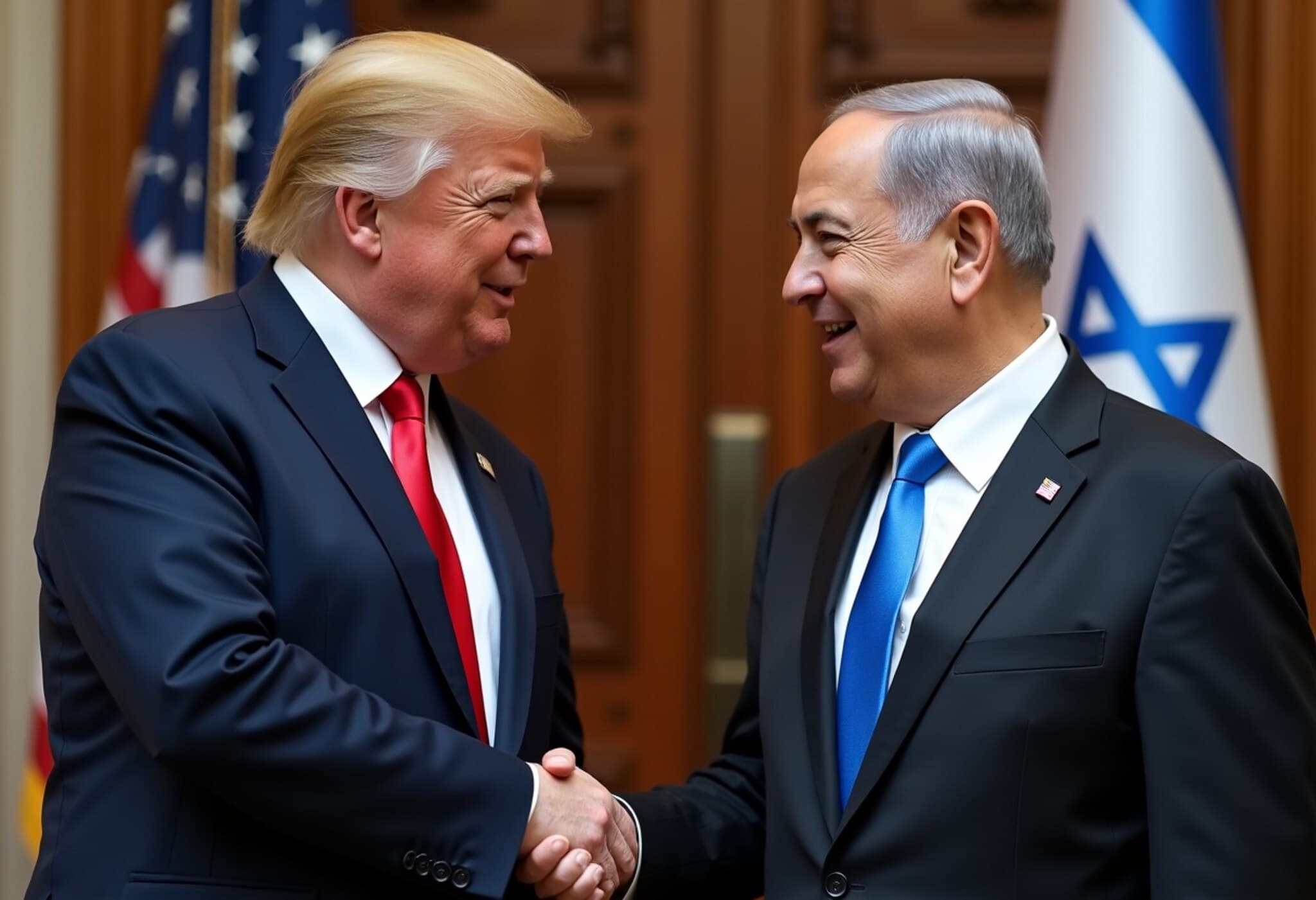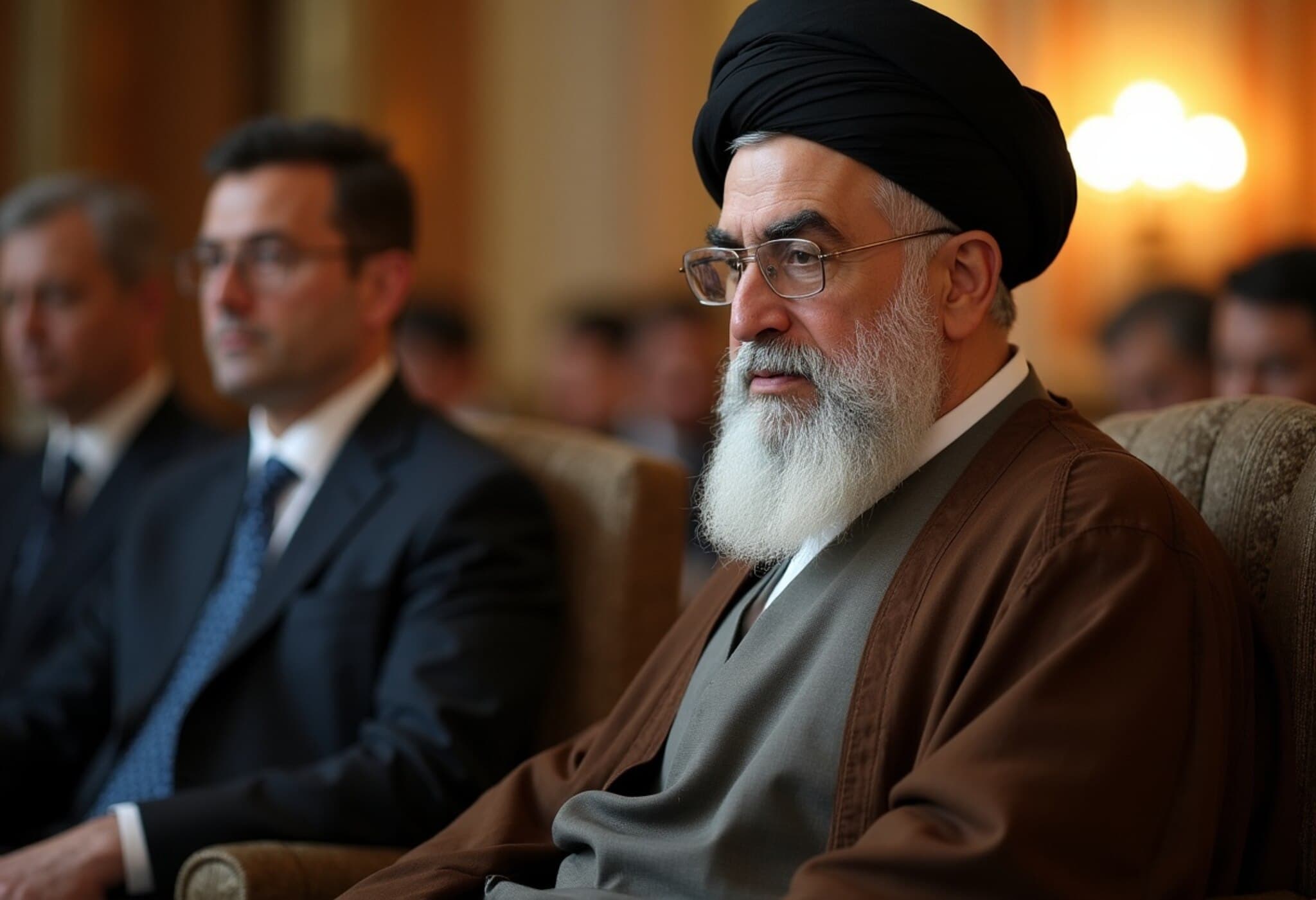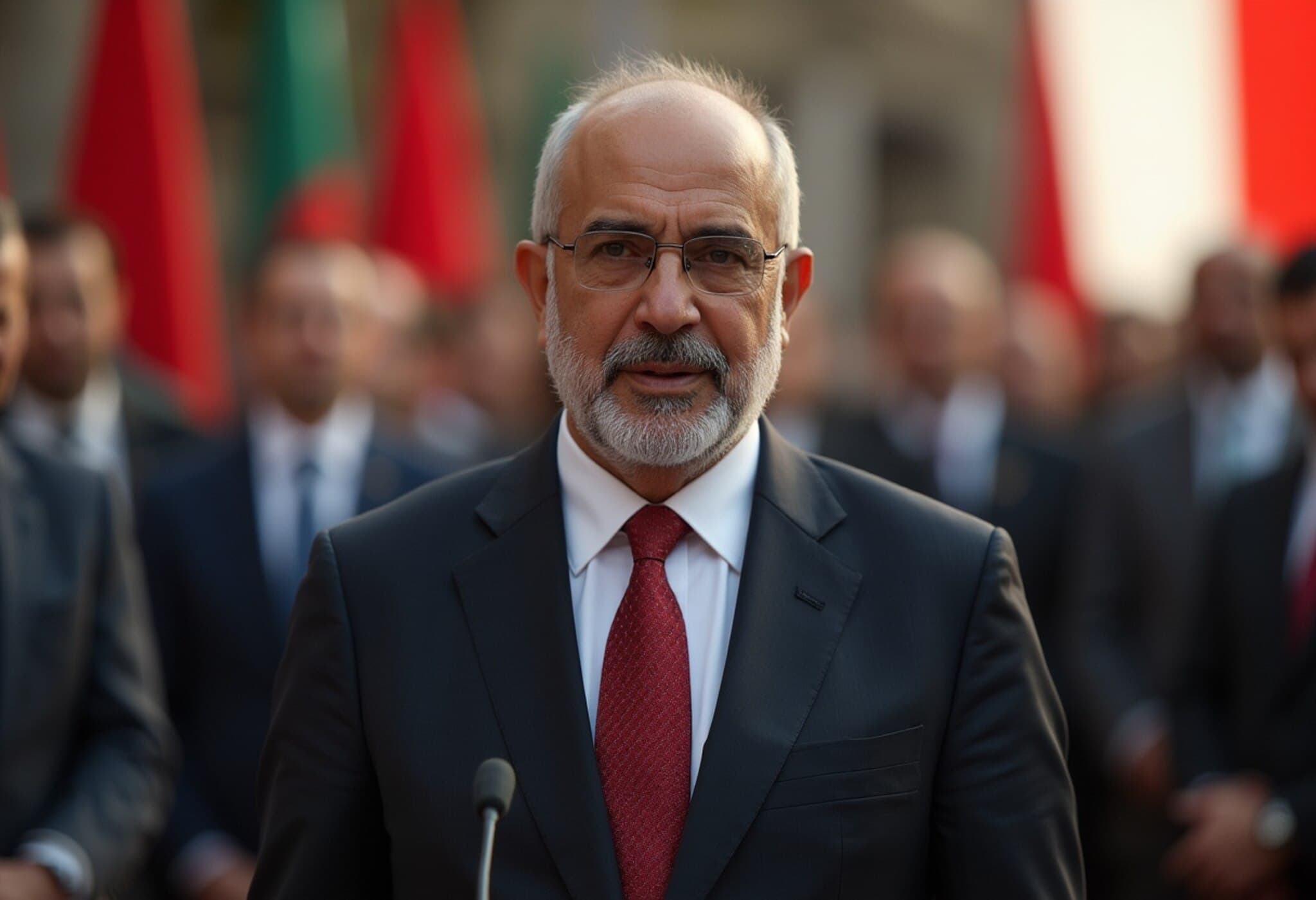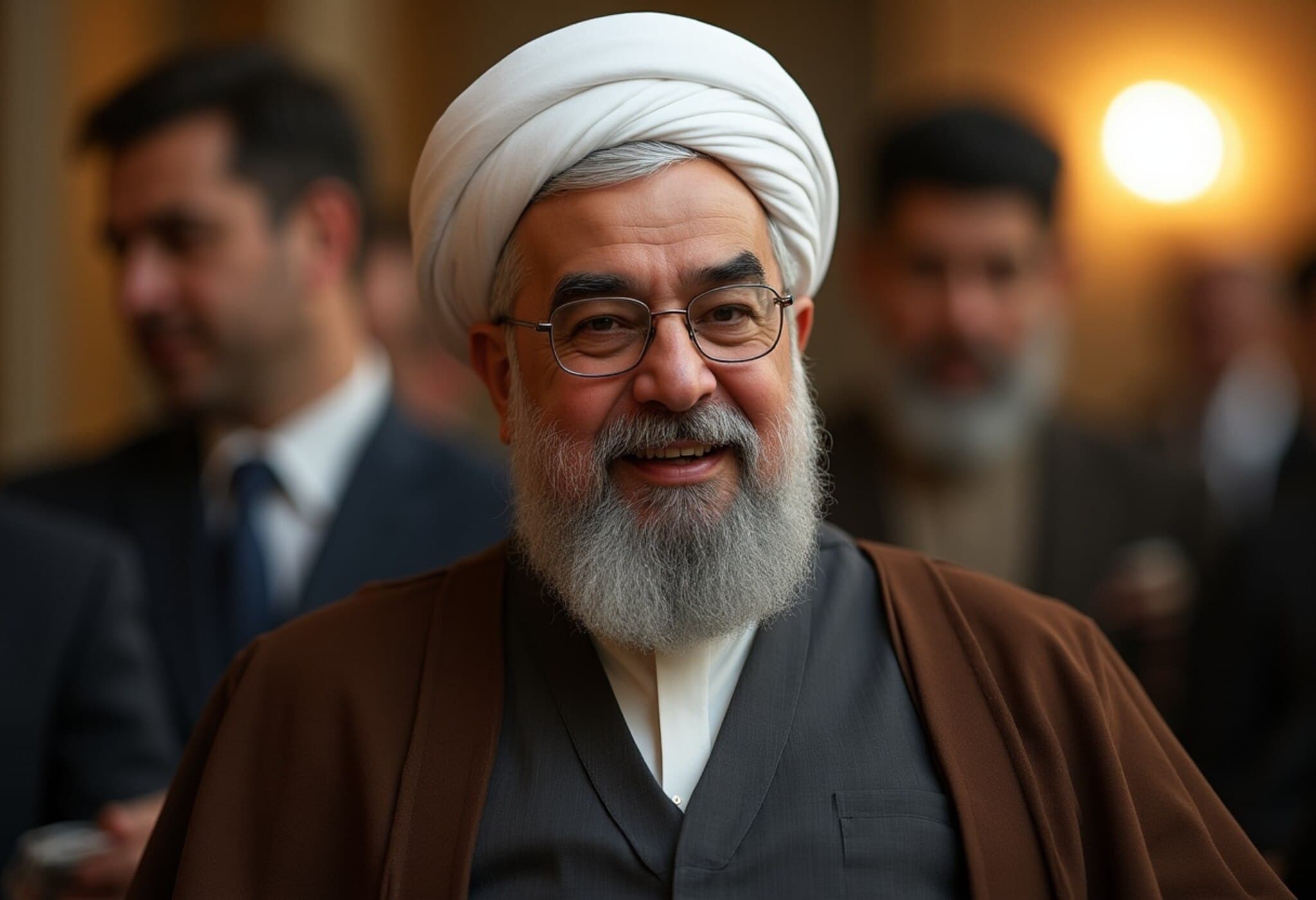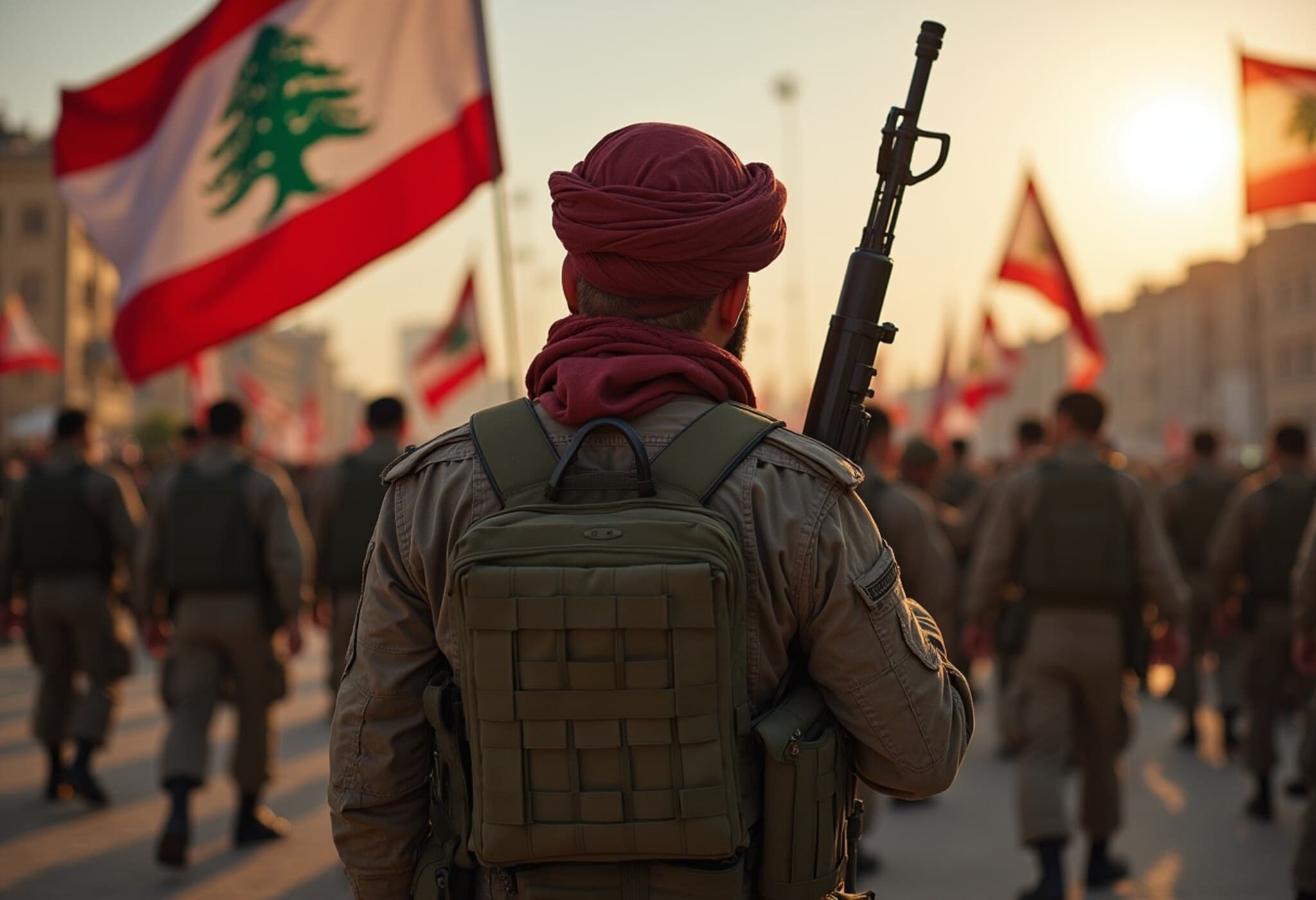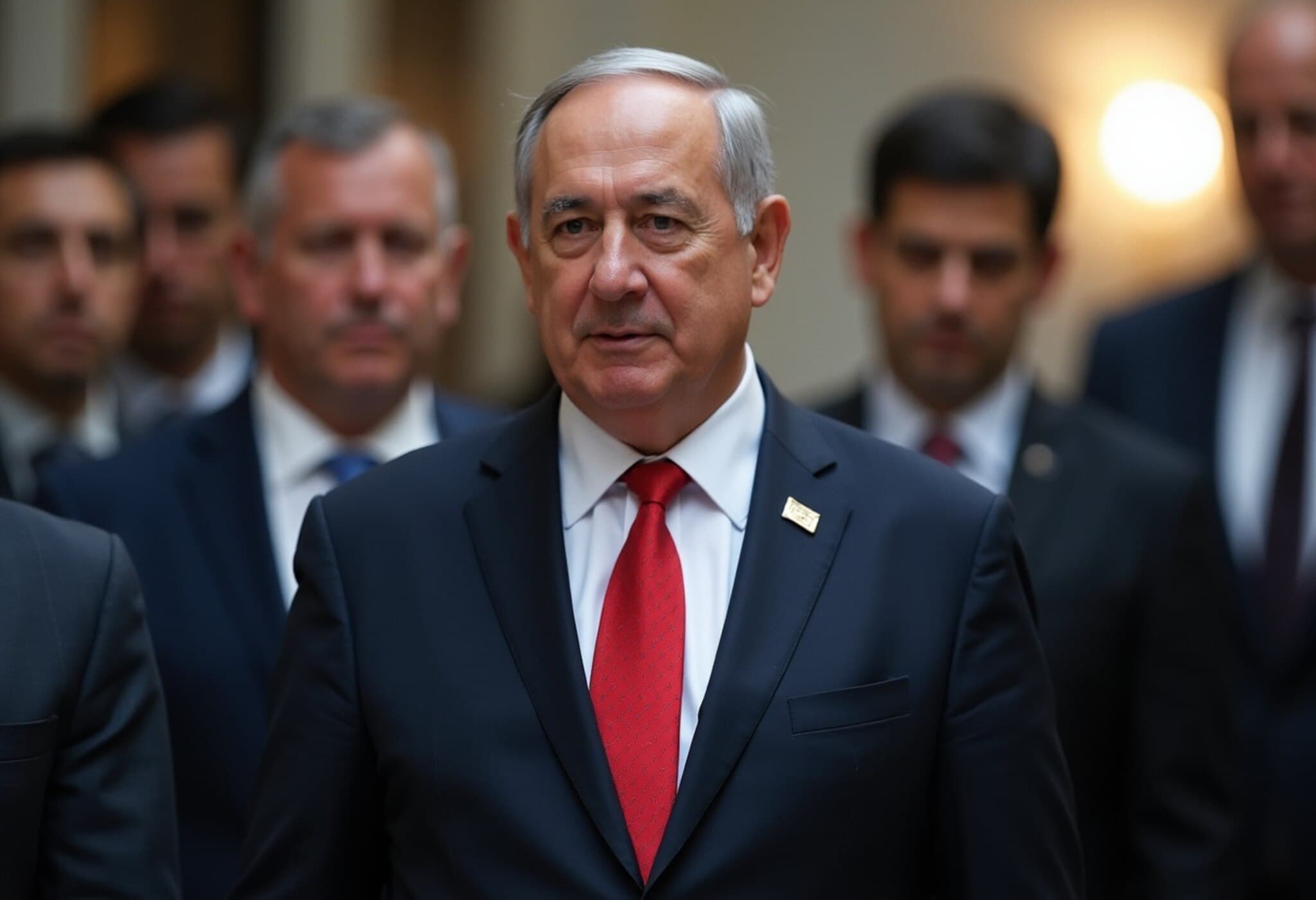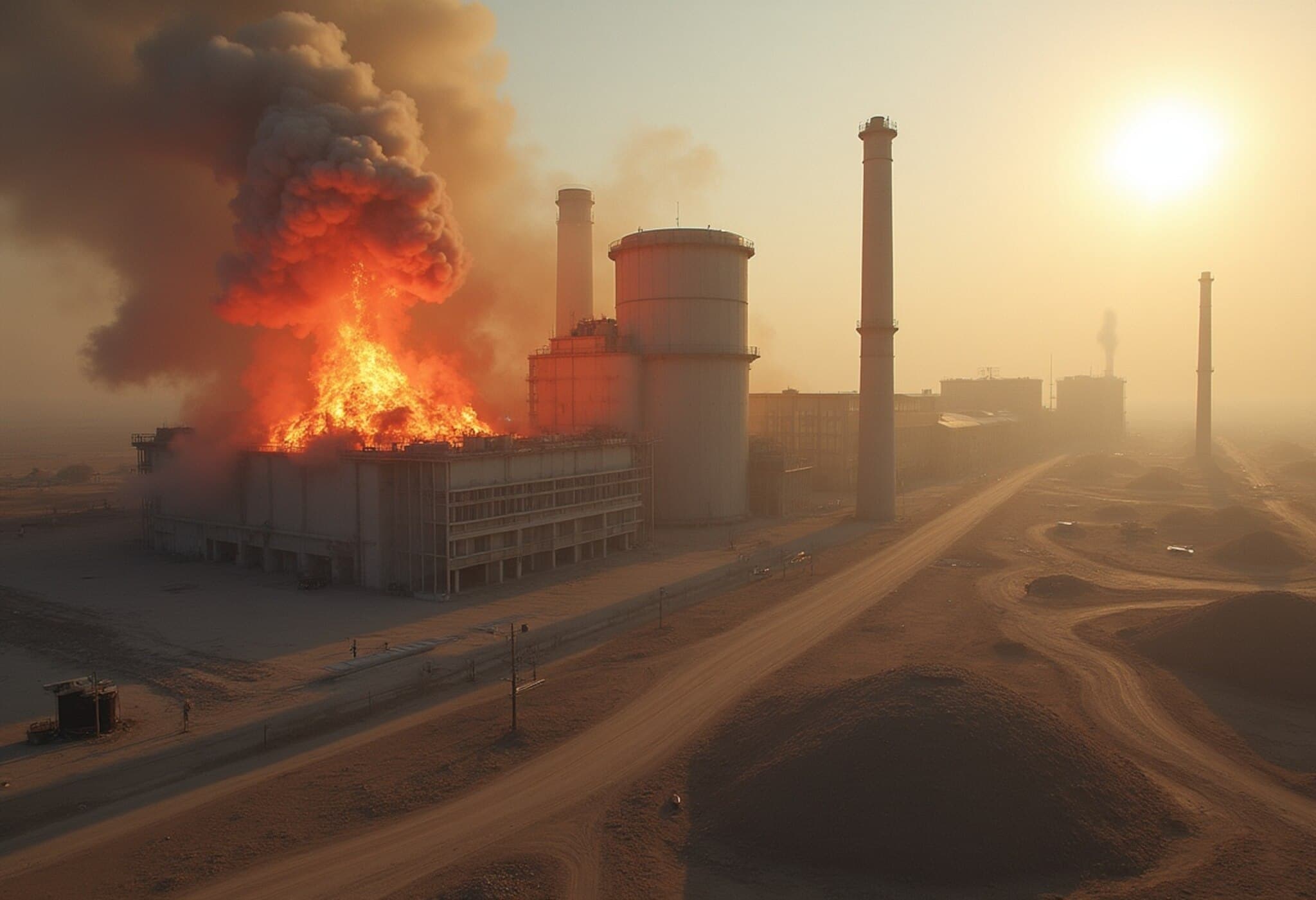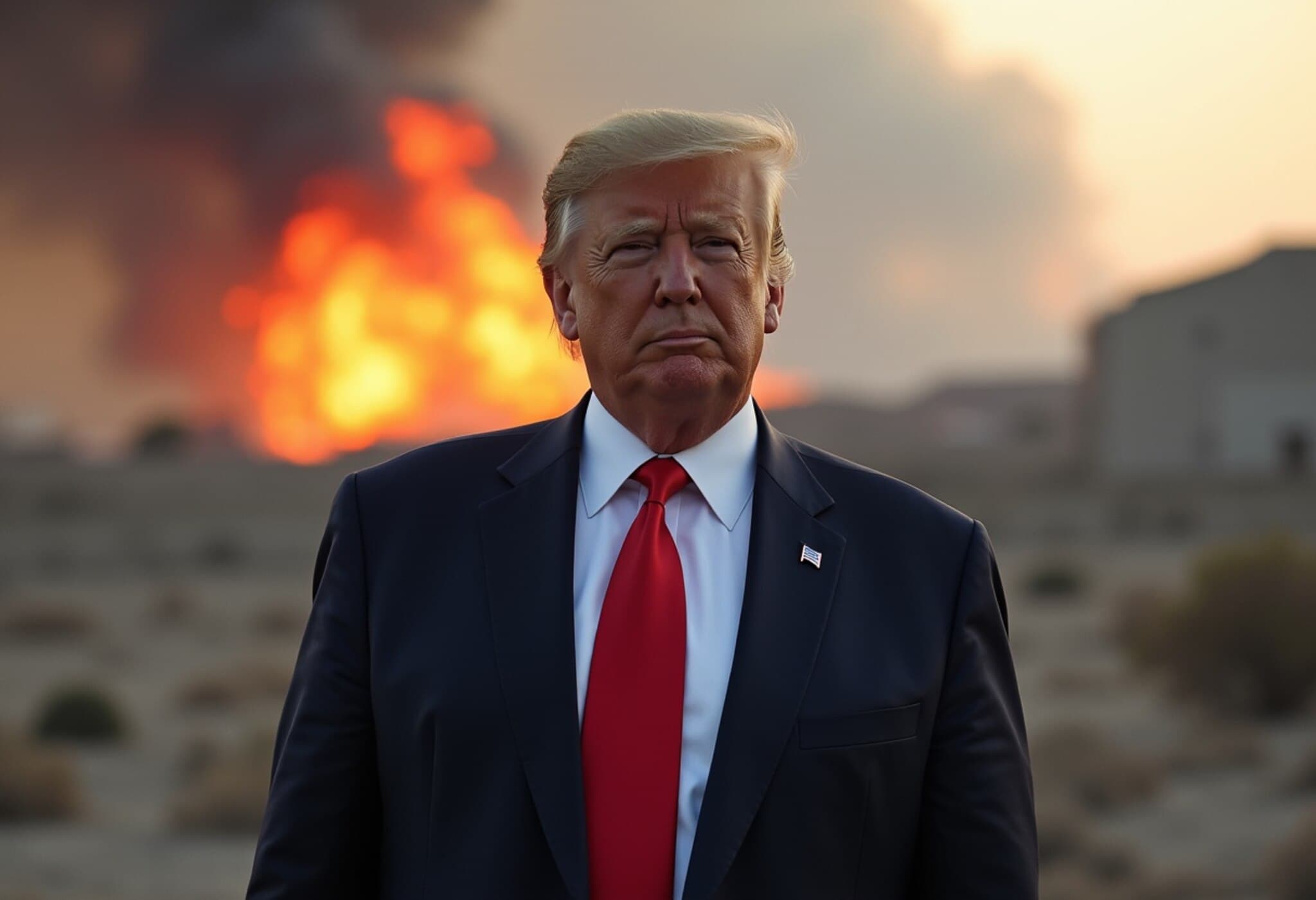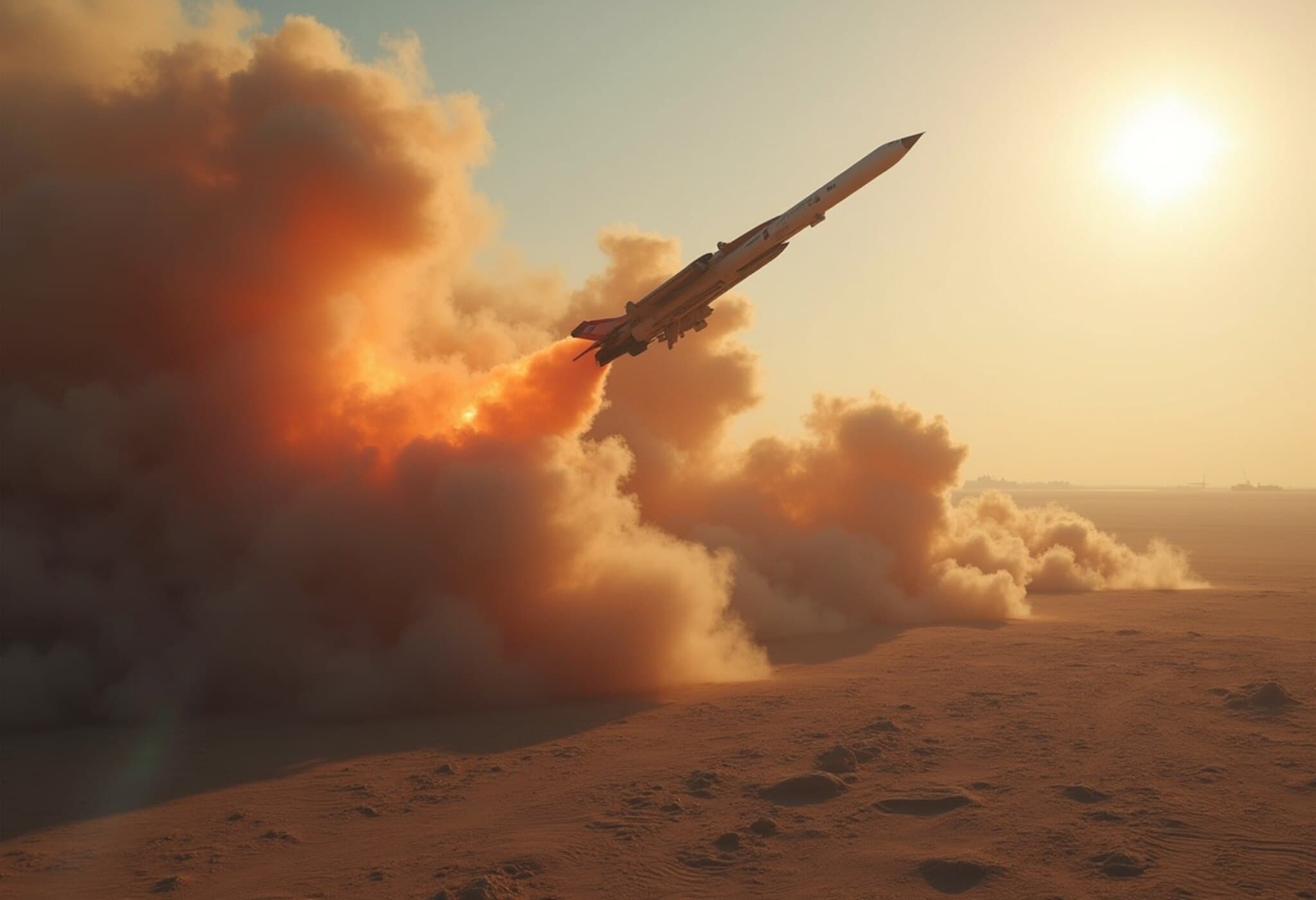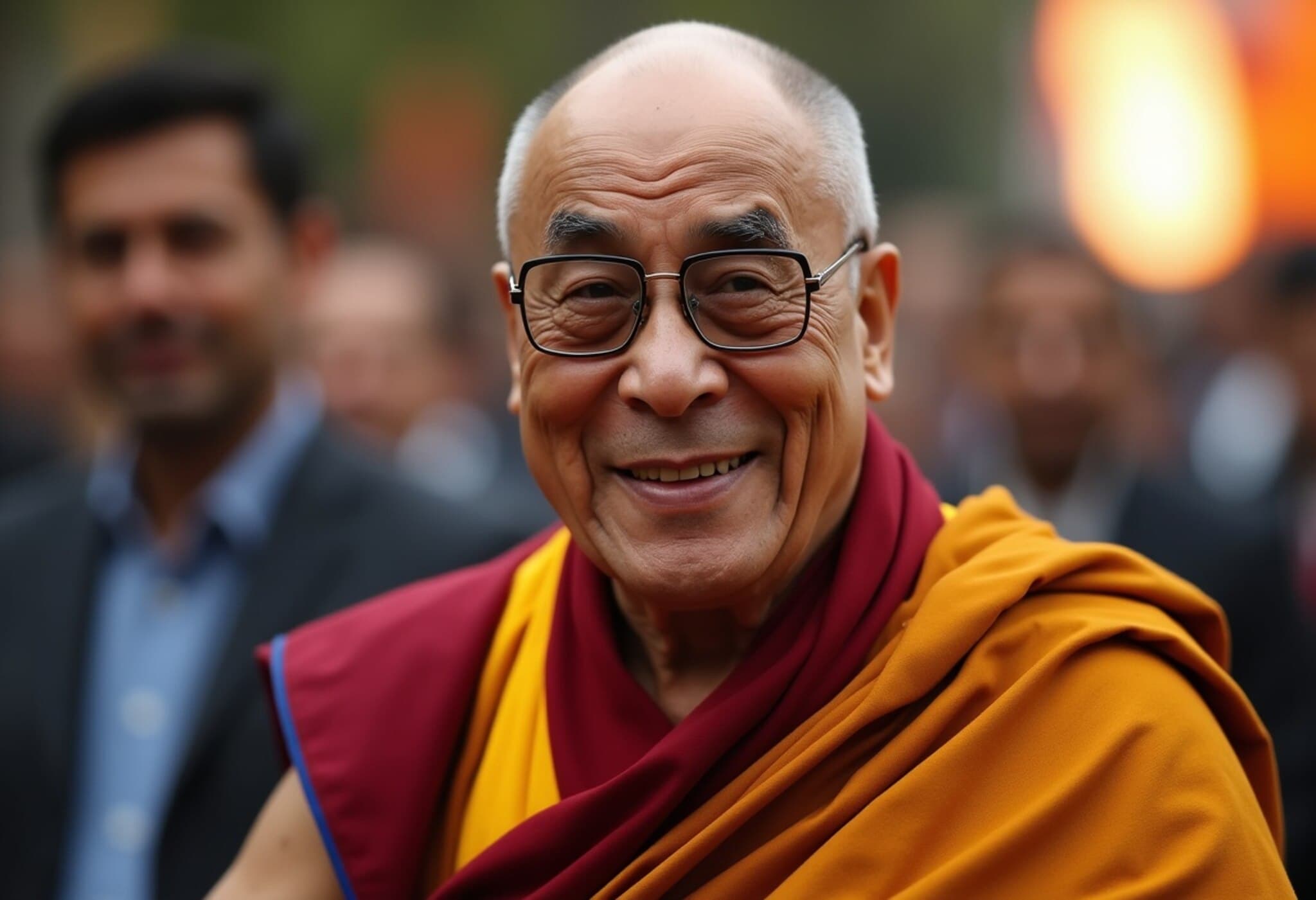Trump and Netanyahu Convene in Washington Post Iran Conflict
In a significant geopolitical moment, US President Donald Trump and Israeli Prime Minister Benjamin Netanyahu are set to meet in Washington on Monday. This high-profile encounter marks the first time the leaders are coming together face-to-face since their countries jointly engaged in military operations against Iran, which has been described by Israeli officials as a “great victory.”
Netanyahu, speaking shortly before his departure for Washington, praised the close coordination between the US and Israel during the 12-day conflict. He remarked, “Our joint mobilisation brought us a great victory over our joint enemy, Iran,” emphasizing his commitment to maintaining this strategic achievement.
President Trump is expected to reinforce this narrative and is reportedly interested in discussing the possibility of negotiating a permanent deal with Iran, aiming to capitalize on the recent military success to bring lasting regional stability.
Balancing Triumph with Reality
Although both leaders are celebrating their perceived success, experts caution against premature euphoria. Former Israeli diplomat Alon Pinkas remarked that while the accomplishment is significant, “Iran retains some capabilities,” signaling that the threat persists beyond the immediate conflict.
The Complex Gaza Ceasefire Challenge
Meanwhile, the prolonged conflict in Gaza, now stretching into its 21st month, casts a shadow over the meeting’s optimistic tone. The United States has been actively pushing for a ceasefire, proposing a 60-day pause in hostilities paired with humanitarian aid boosts and the release of Palestinian hostages secured by Hamas.
Netanyahu expressed guarded openness to a ceasefire under specified terms, stating, “I’m working to achieve the deal under discussion, on the terms we agreed to.” However, these terms remain contentious: the militant group Hamas demands a full ceasefire and a complete Israeli withdrawal, conditions Israel rejects. For Netanyahu, the war will only conclude if Hamas fully surrenders, disarms, and its leadership leaves Gaza—stipulations Hamas categorically denies.
President Trump, optimistic yet pragmatic, acknowledged the delicate nature of these negotiations, saying recently, “I’m very optimistic — but you know, look, it changes from day to day.” He further suggested that progress on the hostage situation could materialize within the coming week.
Implications for Regional Peace Efforts
Beyond Gaza and Iran, the summit is expected to cover broader Middle Eastern peace initiatives. The leaders will likely discuss expanding the Abraham Accords, aiming to include Saudi Arabia and possibly Syria into the evolving framework of normalized relations. This would represent a landmark shift in a region long defined by entrenched conflict.
Particularly notable is the evolving situation in Syria. With new leadership following the fall of Bashar Assad, there are emerging efforts to re-establish dialogue between Israel and Syria—facilitated in part by US mediation—to stabilize border areas.
Meanwhile, Saudi Arabia has conditionally signaled willingness to normalize ties with Israel, contingent on tangible progress in resolving the Palestinian issue, making the Gaza ceasefire critical not just for immediate humanitarian reasons but as a cornerstone for wider diplomatic breakthroughs.
Gilboa, a respected expert on US-Israel relations at Bar-Ilan University, conveyed the sentiment: “The most important thing [for Trump] is to end the war in Gaza. That is the key to all the regional peace in the Middle East.”
Expert Commentary and Broader Context
This meeting symbolizes more than bilateral cooperation; it is a litmus test for US-led diplomacy in the Middle East amid a volatile security landscape. The joint military strike over Iran marks a rare instance of synchronized action between America and Israel, signaling a hardened stance towards Tehran’s regional ambitions. Yet, the conditions for sustained peace remain tenuous.
The ongoing Gaza conflict exposes the stark difficulties in achieving lasting ceasefires that satisfy both Israel’s security concerns and humanitarian imperatives. Moreover, the divergent expectations held by the US, Israel, Hamas, and regional players underscore the complexity of peacemaking attempts.
For the American administration, this summit is an opportunity to showcase leadership and revitalize stalled peace processes. For Netanyahu, the stakes include both internal political calculations and the broader imperative of recalibrating Israel’s position in the Middle East amidst shifting alliances.
Looking Ahead
- Will the Trump-Netanyahu meeting produce concrete agreements on a permanent Iran deal or Gaza ceasefire?
- How might potential Saudi and Syrian participation reshape the Abraham Accords and Middle Eastern diplomacy?
- What are the implications for US foreign policy, especially in balancing strategic interests with humanitarian concerns?
As this pivotal meeting unfolds, the international community watches closely, hopeful yet wary that the promises of victory and peace can transcend rhetoric into sustainable realities.
Editor's Note
This summit encapsulates the complex interplay between military victories and the long, arduous path to peace in the Middle East. While Netanyahu and Trump’s collaboration demonstrates strategic alignment, the enduring conflicts in Gaza and broader regional tensions highlight that true resolution demands far more than battlefield success. The coming days will reveal whether this high-profile meeting can translate political capital into tangible progress or if entrenched challenges will persist.

